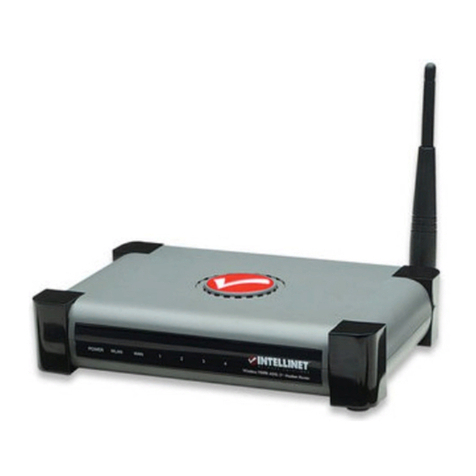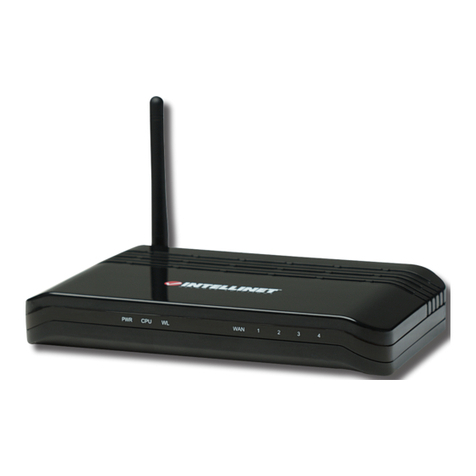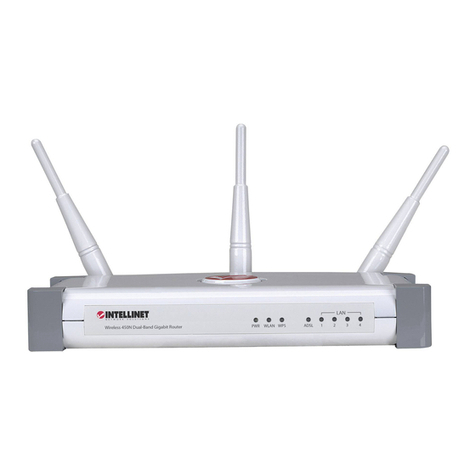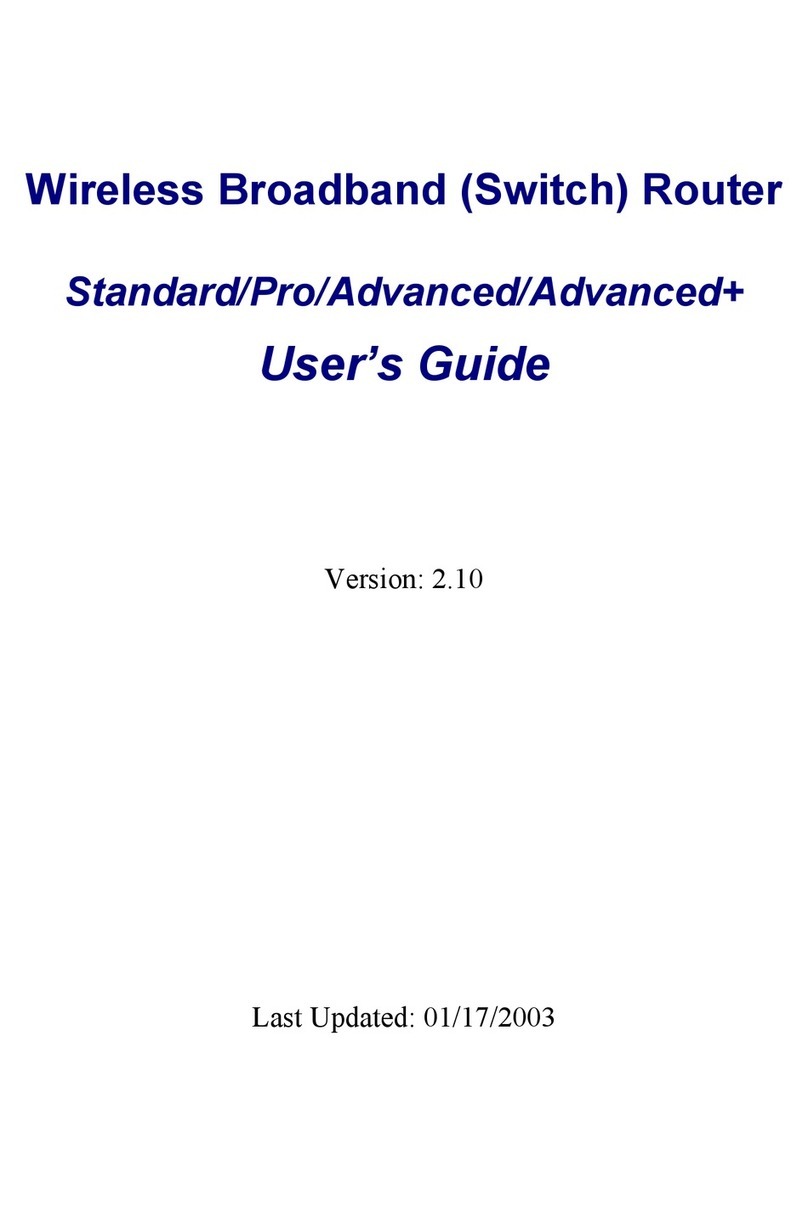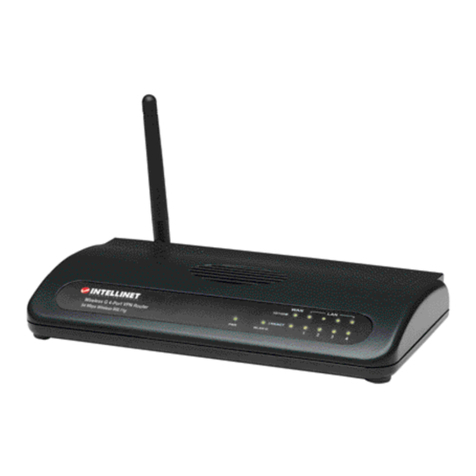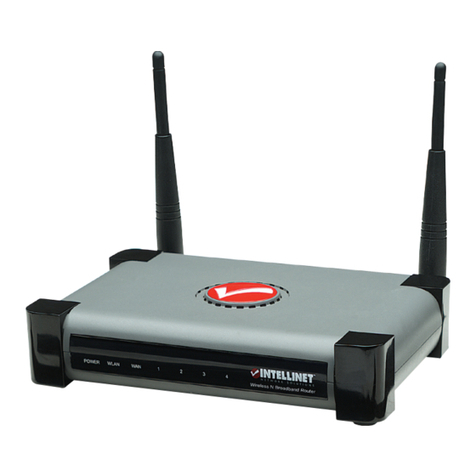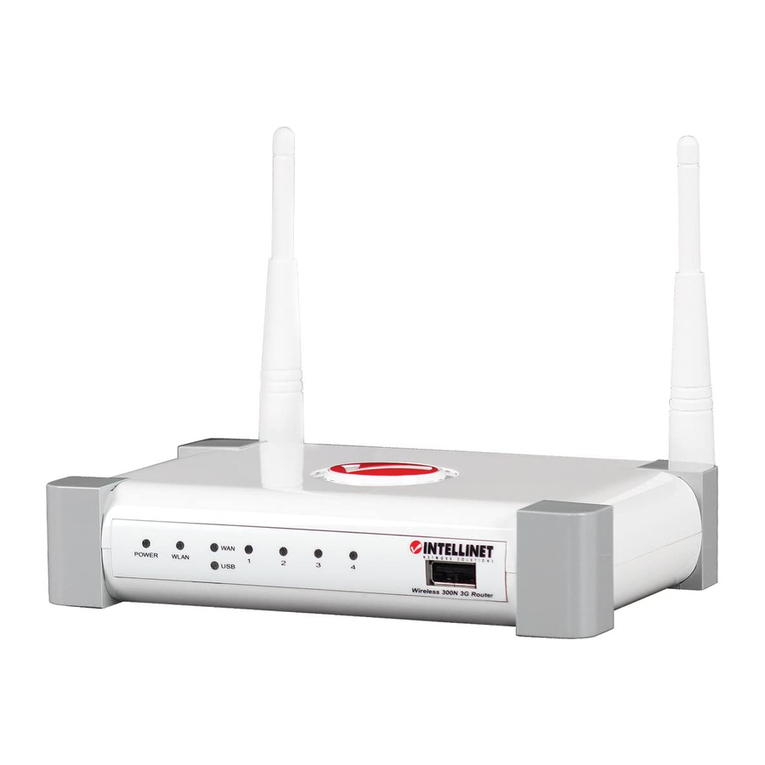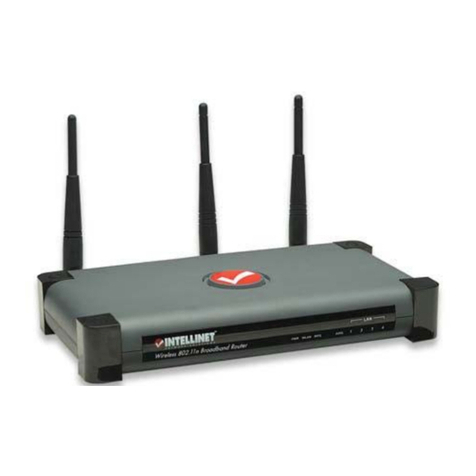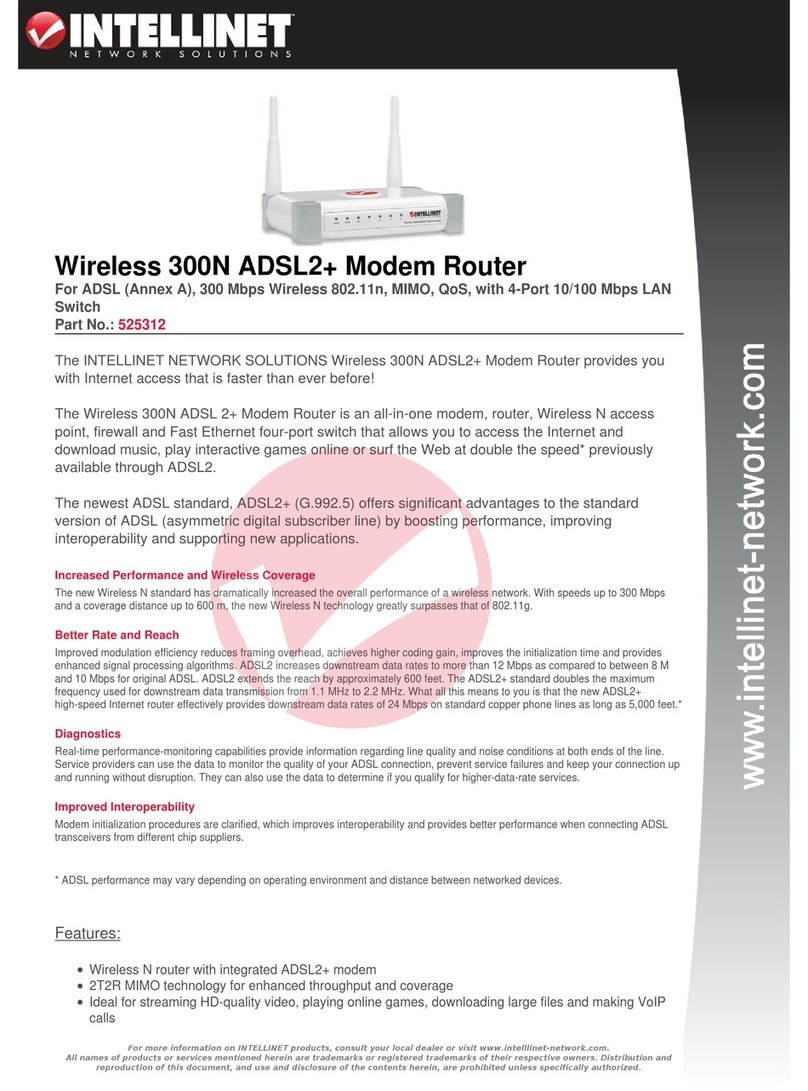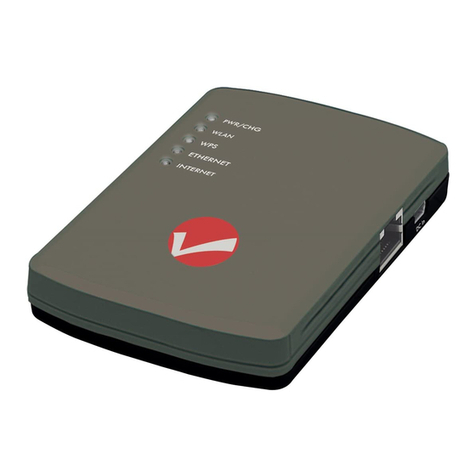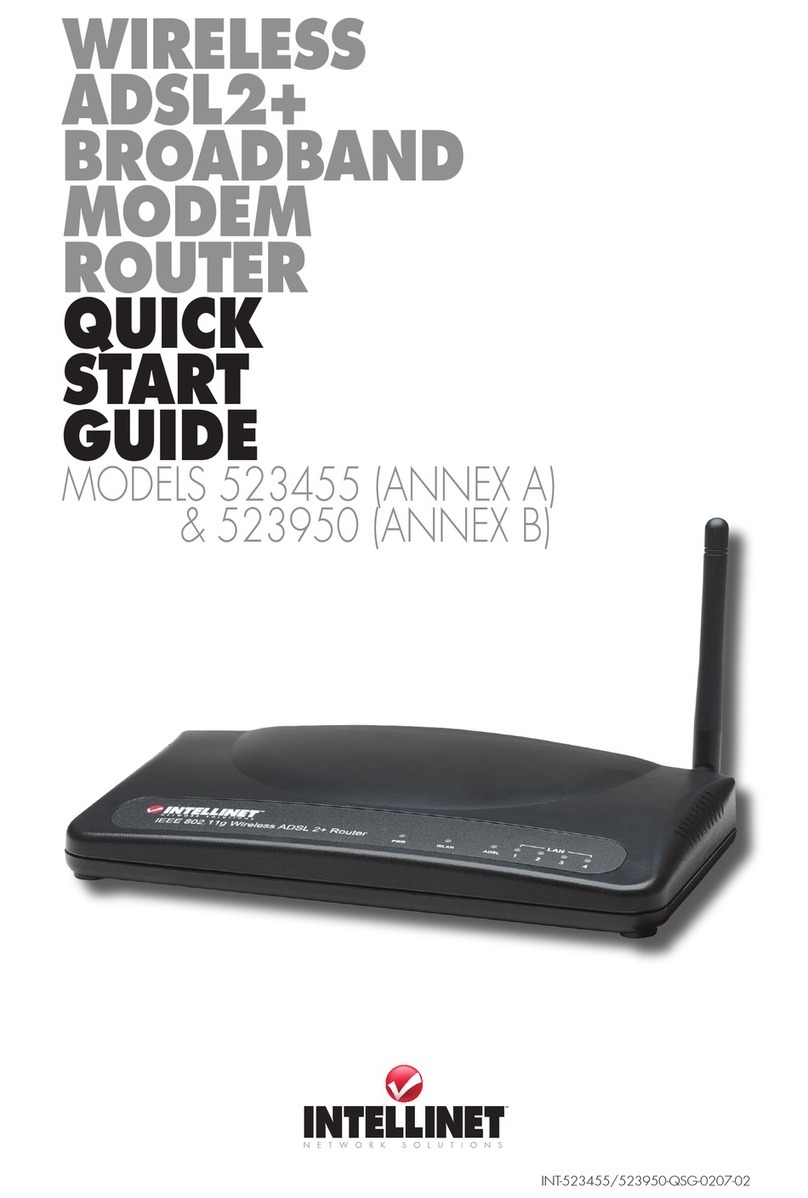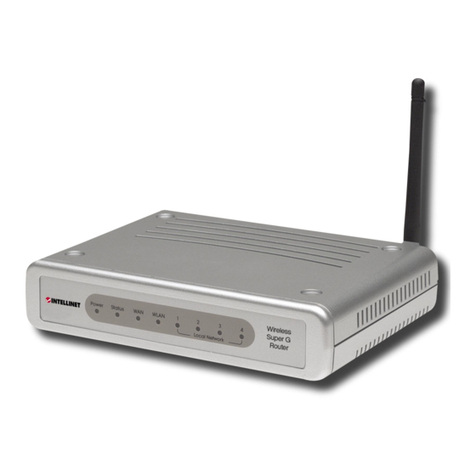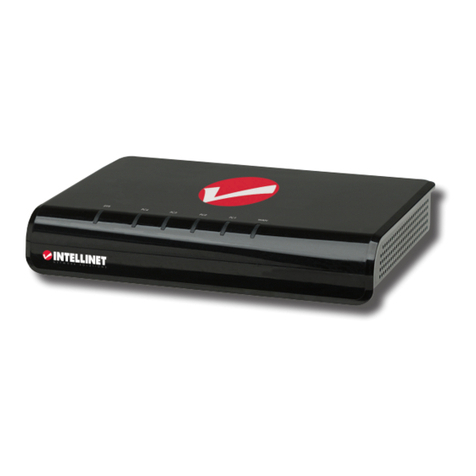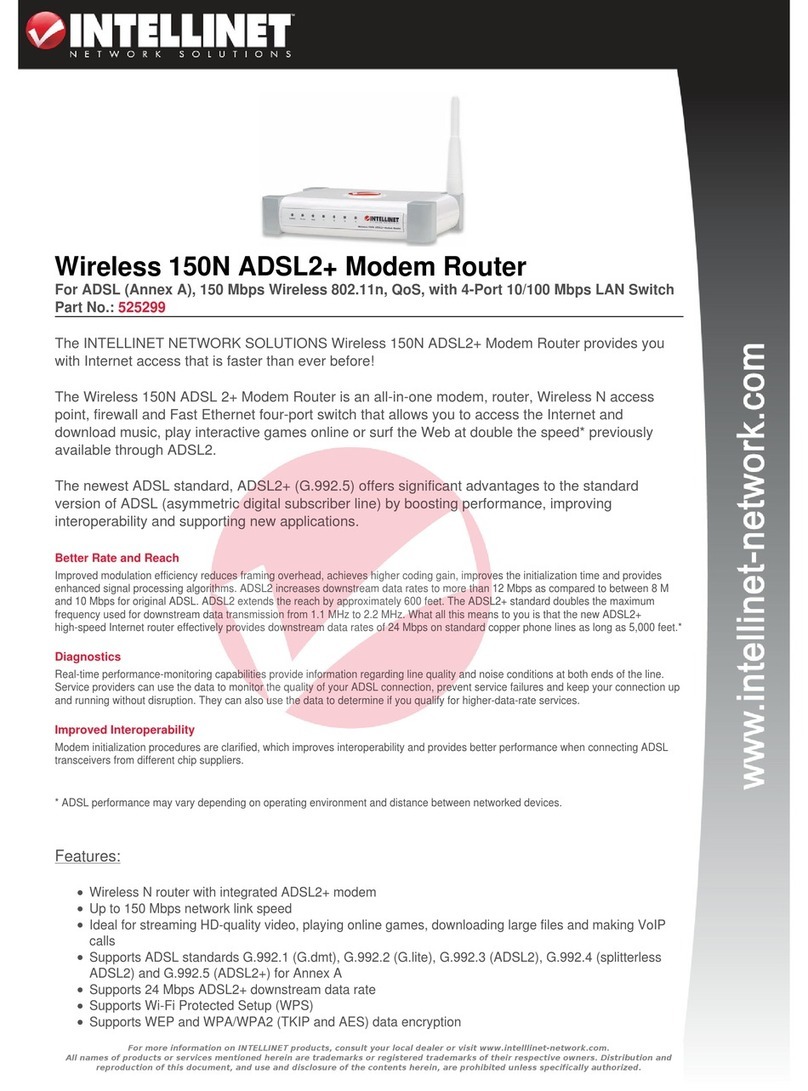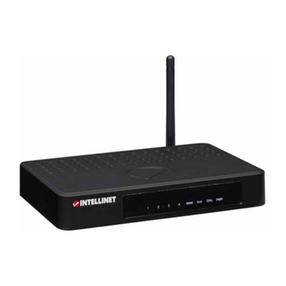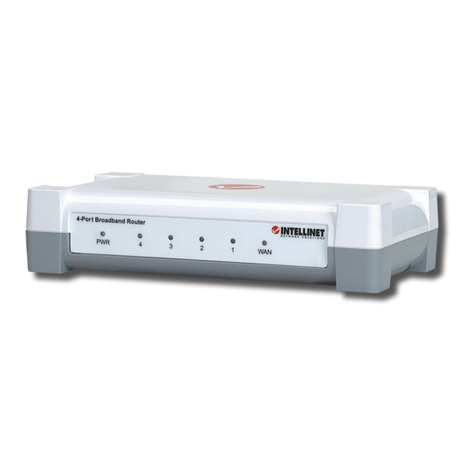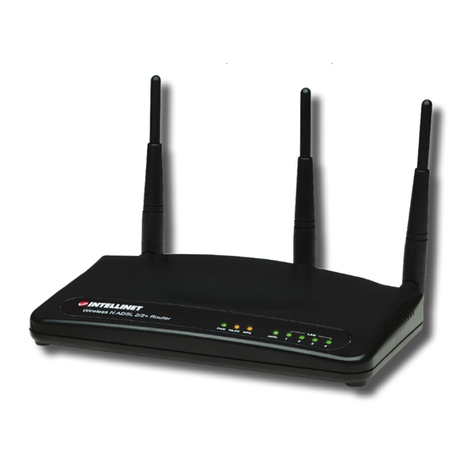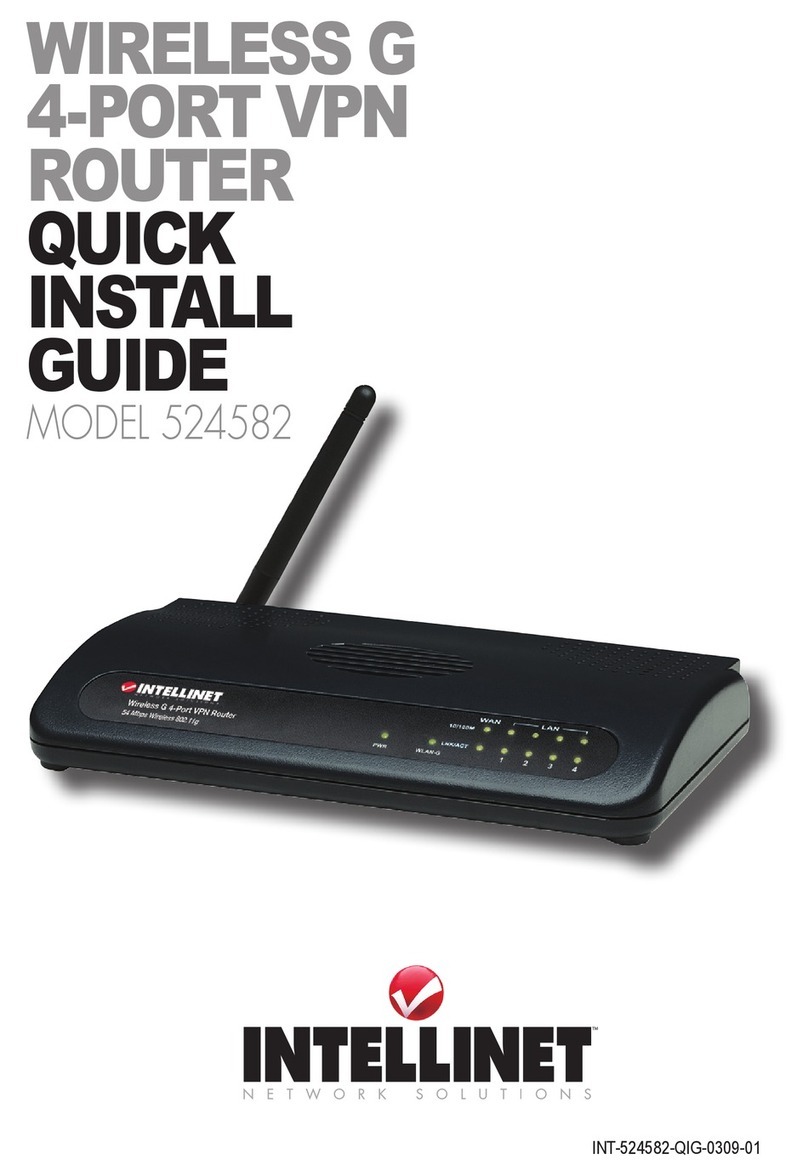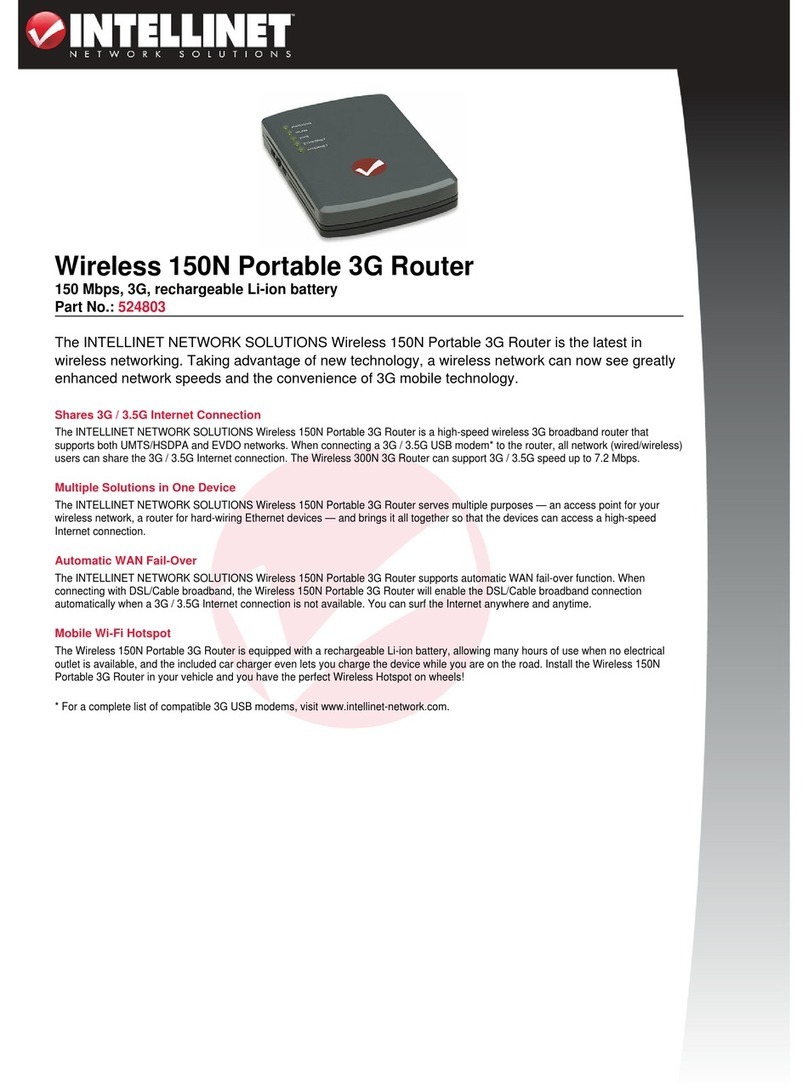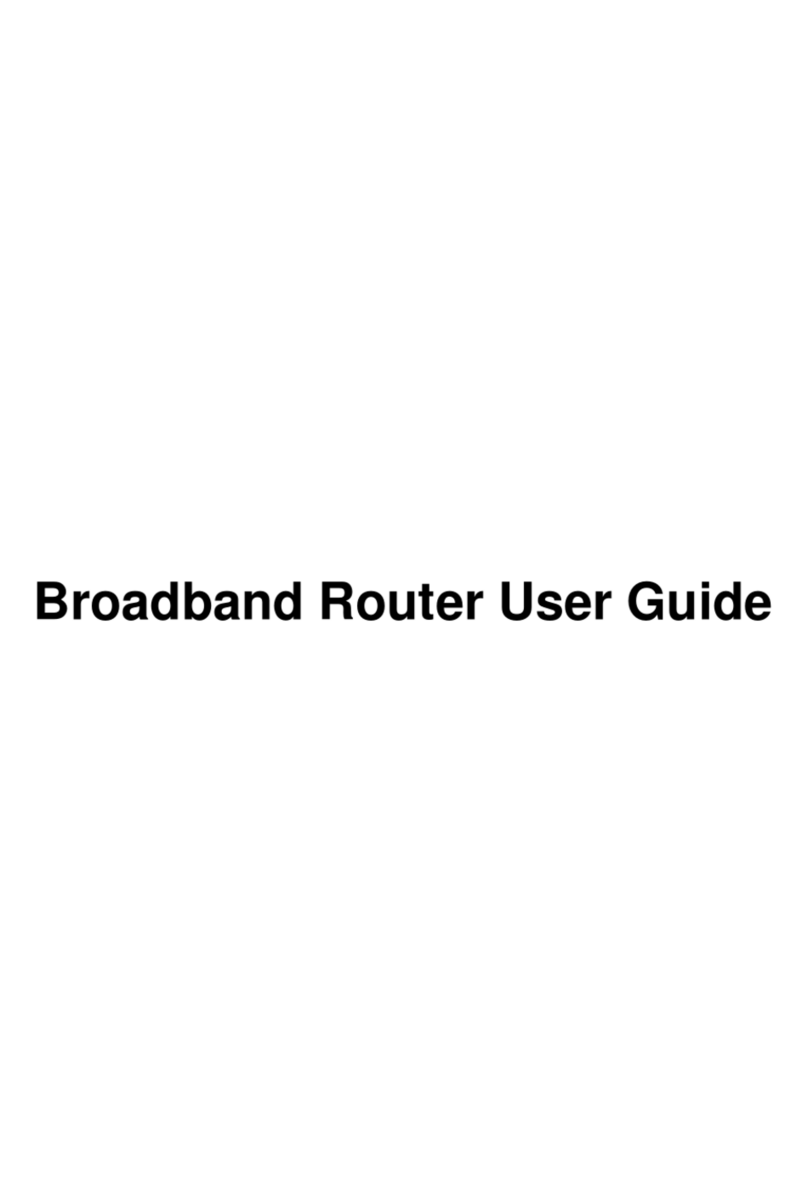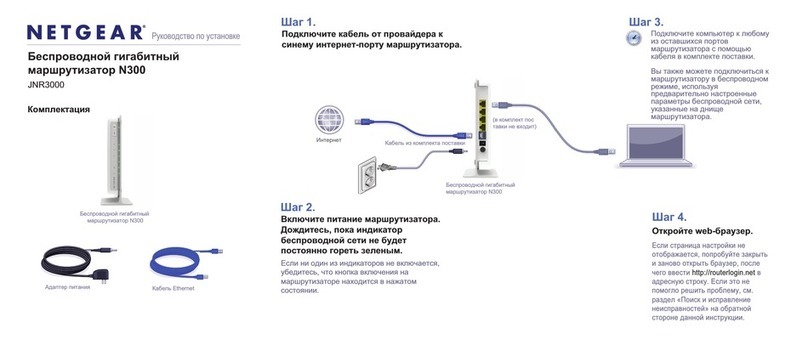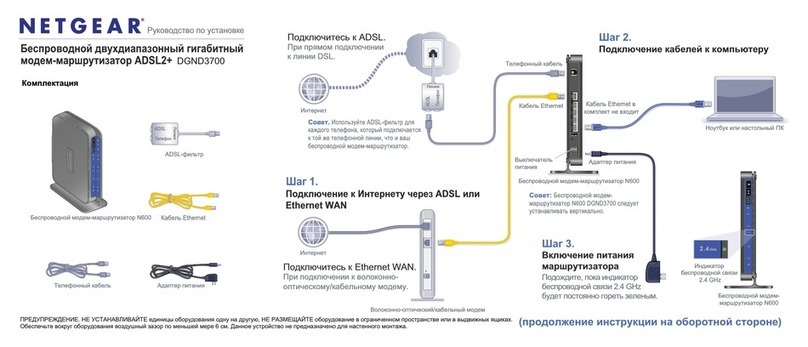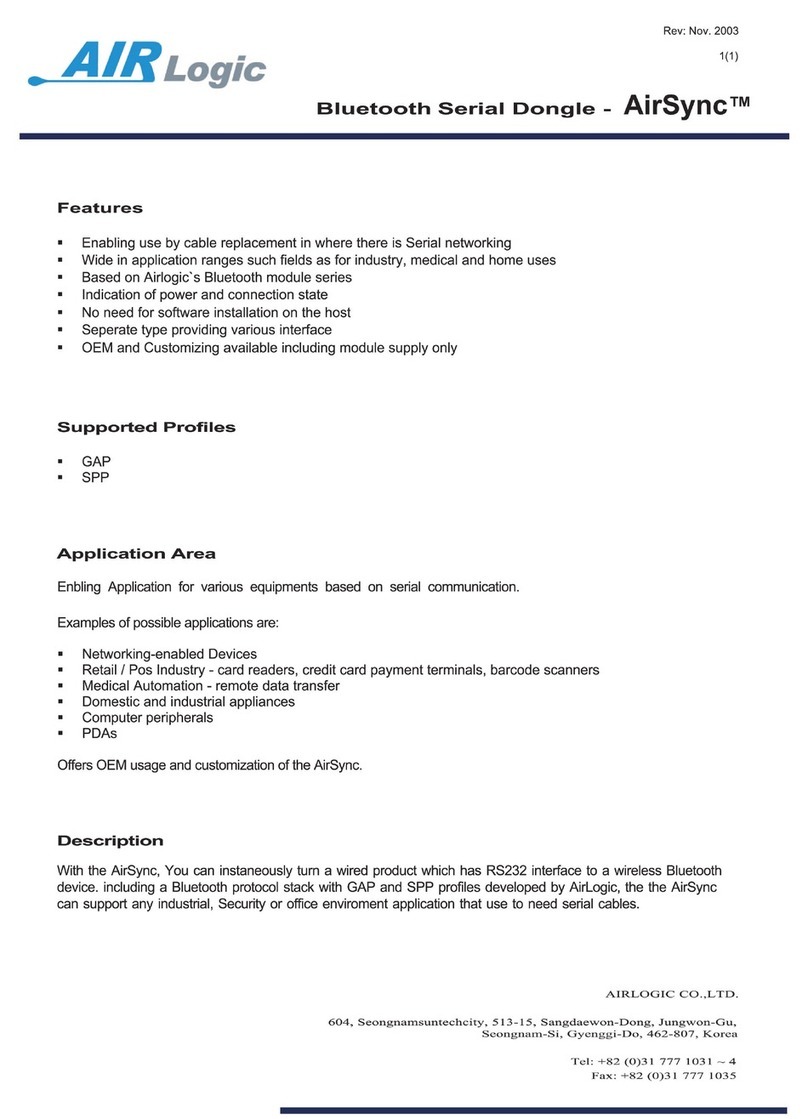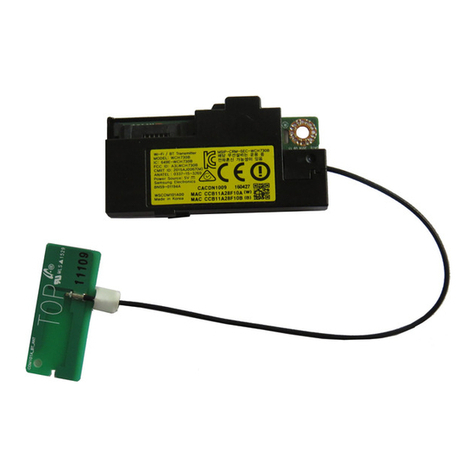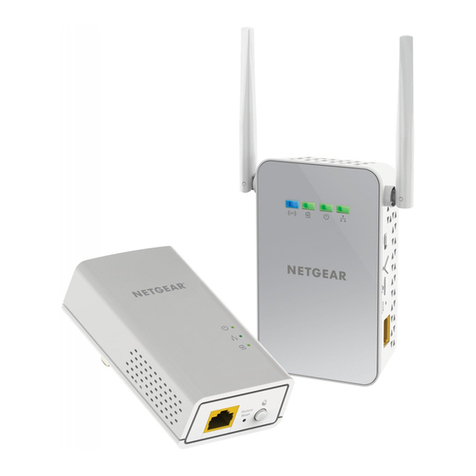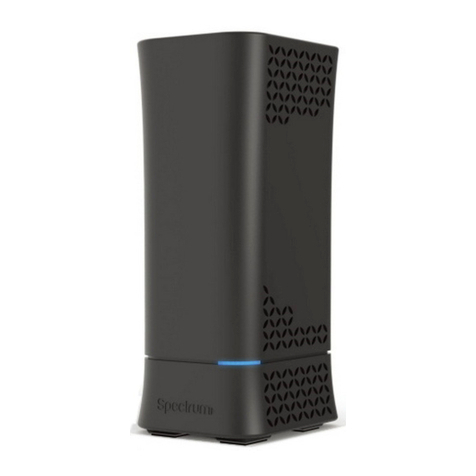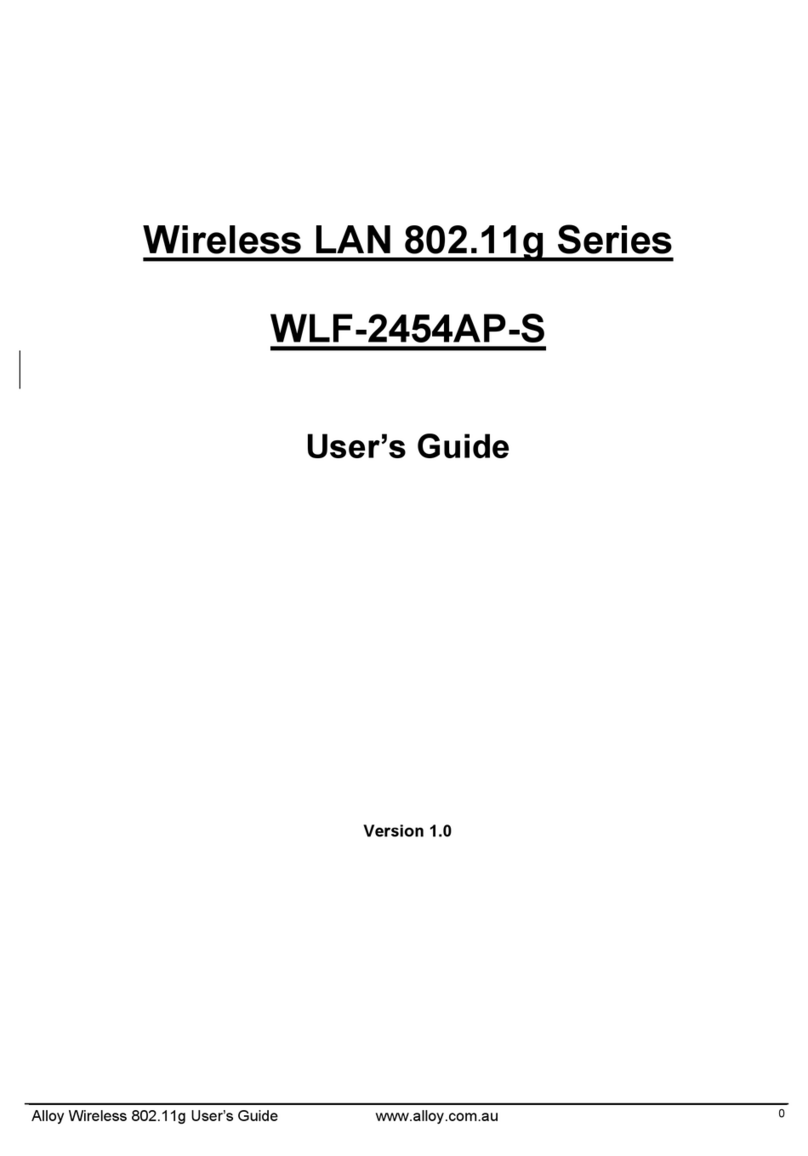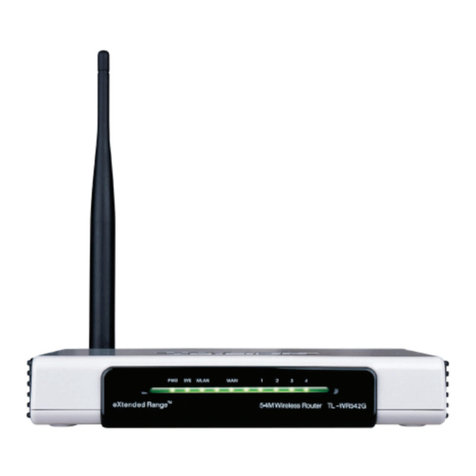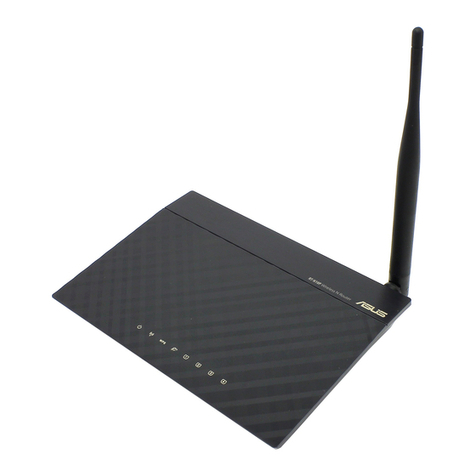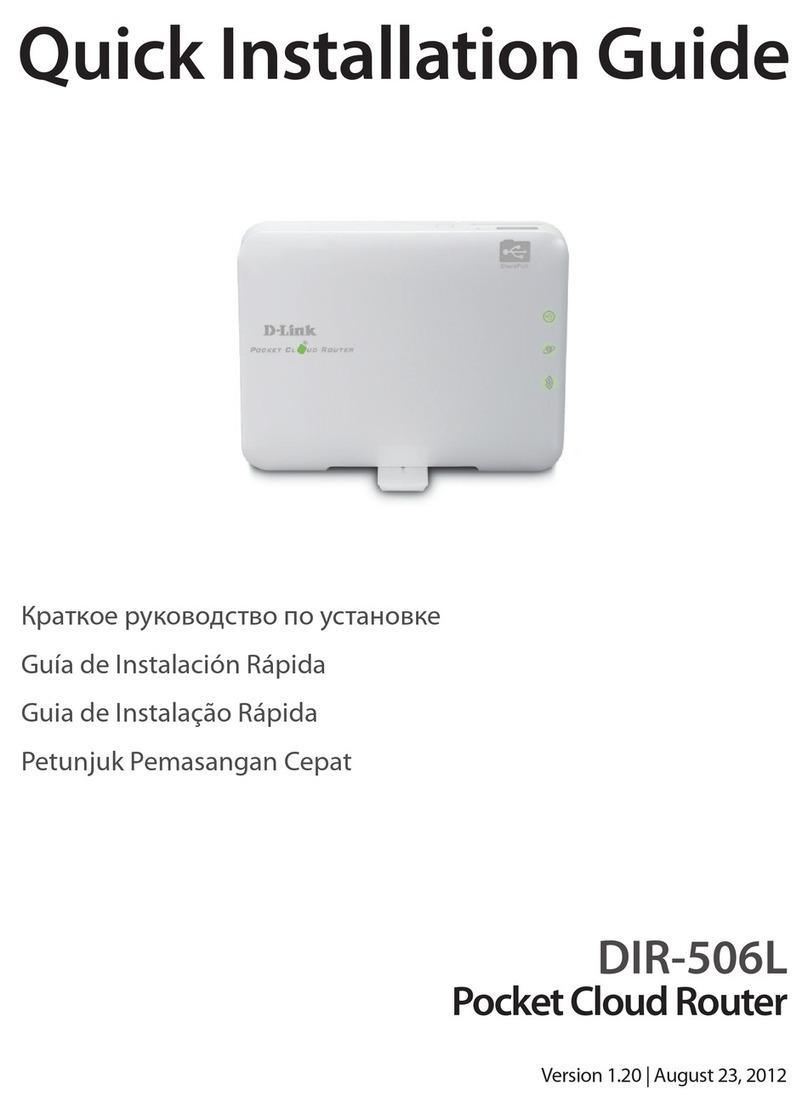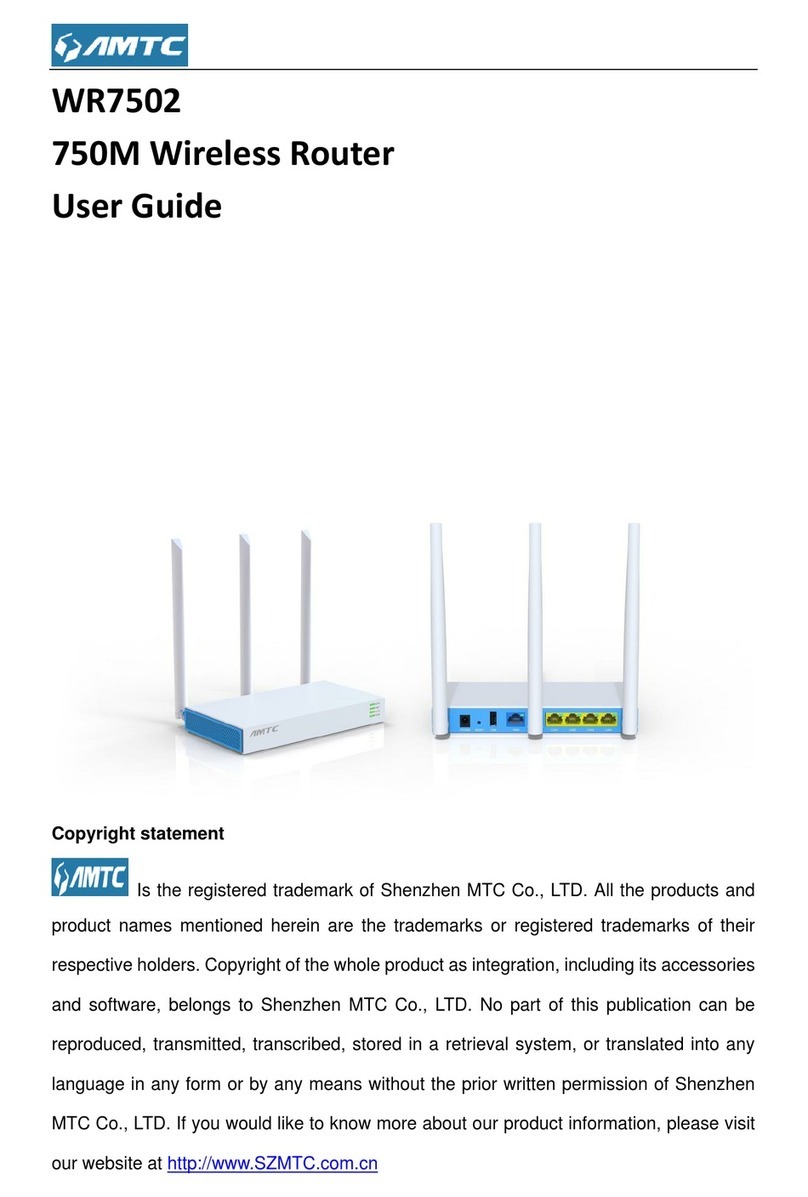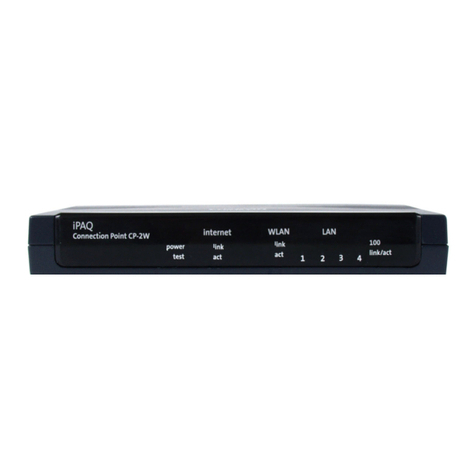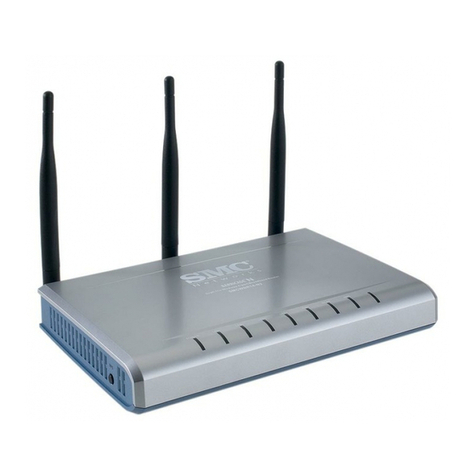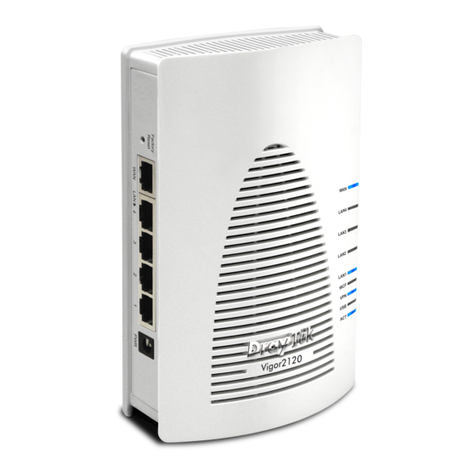1-4
Router by the ISP, and the Broadband Router will translate that address to
192.168.168.112, port 80.
All devices on both LANs (except for the Web servers) are configured to obtain their
IP addresses automatically (i.e., from the built-in DHCP server in the Broadband
Router). Since the Web Server on LAN #1 must have the same address all the time,
this machine has a statically configured DHCP address. These IP addresses are only
used in the local LAN environment, these devices naturally form a private network
(with default IP network address of 192.168.168.0) and are not accessible by users
across the Internet (if they are not mapped). In Broadband Router, it is possible to
assign public IP addresses obtained from your ISP and they will be accessible by
users across the Internet. These public addresses can co-exist in the same LAN
private address segment.
In order to let the LAN to LAN communications work, the default private network
address (192.168.168.0) for one of the above Broadband Router has to be changed
(to 192.168.170.0 in the above example). The traffic between these two networks is
secure because data are sent across the telephone network via a direct phone call.
ASecurity Overview
More and more people are concerned about security of their data in the Internet
The Broadband Router provides many ways to help make your network and your
data secure:
•All dial-in users and LAN-to-LAN communications require PPP PAP/CHAP/
MS-CHAP authentication (basically user name and password)
•The Broadband Router also supports call-back for dial-in users - so that remote
user are really who they say they are
•The Broadband Router uses a private IP addressing scheme to prevent devices on
your LAN from access by outside users
•Console, Telnet and ARM support password protection
•DES encryption with PPP/ECP negotiation is supported for VPN connections
•IP packet filtering may be used to futher enhance security requirements
A Physical Look at the Broadband Router
The Connectors on the Back
The following illustration shows the rear panel of Broadband Router.
(1 )1 RJ-45 10/100 Switch connectors for connecting to PCs and workstations or
connecting external Ethernet hub, or switch with uplink switch on port 1.
(2) 1 RJ-45 EWAN connector for connecting to Internet via ADSL/Cable modem
(3) 1 RS-232 DB-9 connector to be a Console port connecting to PC.
(4) 1 AC power connector for connecting through an AC power adapter (included as
part of the product) to the wall power outlet
(5) 1 power ON/OFF switch
